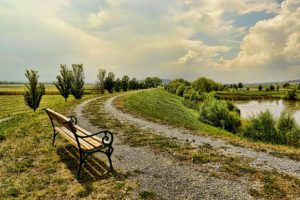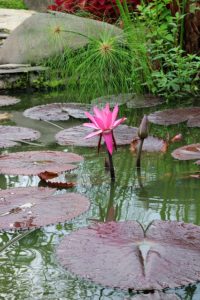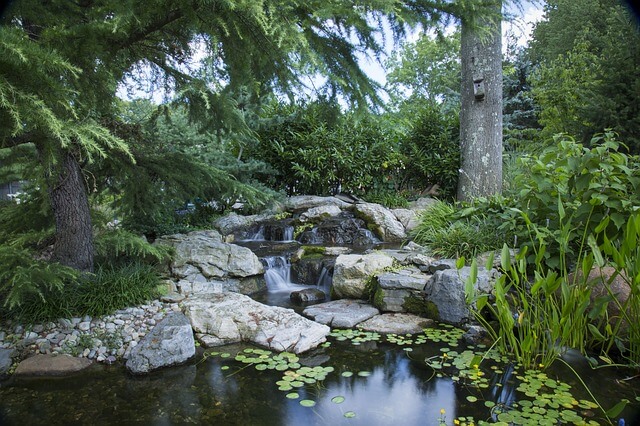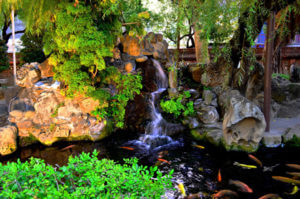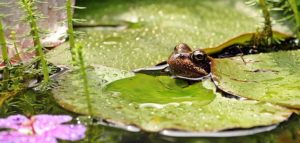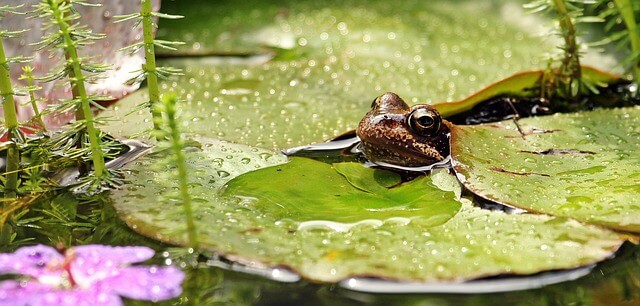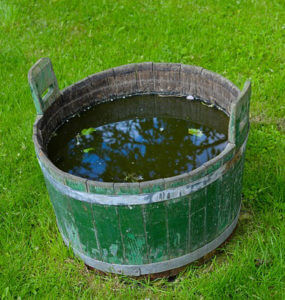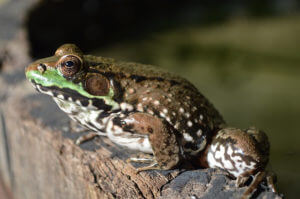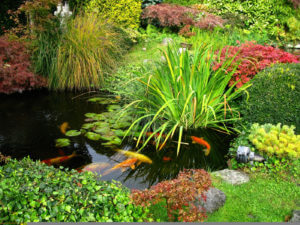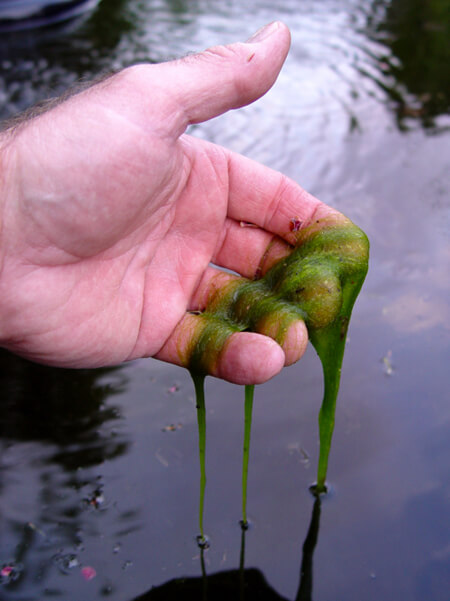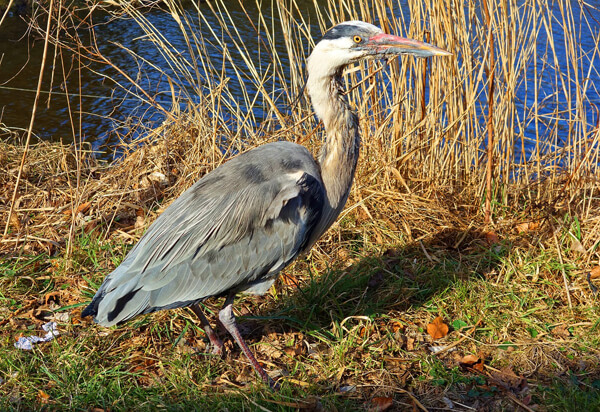Ponds, according to the Department of Environmental Food and Rural Affairs, are defined as: Man-made or natural waterbodies which hold water for at least 4 months of the year. This definition includes very small bodies of water, which can sometimes have a high conservation value. It also includes semi-seasonal and temporary ponds, which often dry up in summer but can support valuable pond communities.
It is estimated that three-quarters (more than a million) of Britain’s ponds have been lost to the country-side over the last hundred years. A Countryside Survey has shown that losses are due to continued development of land or a change in the use of the land from a natural habitat to agricultural bringing a negative impact on ponds.
According to an article published in 2009 by the School of Biology and Environmental Science at University College in Dublin, ponds are amongst the most diverse freshwater habitats and support more species (including uncommon and rare species) compared to lakes, rivers, and streams. Ponds are considered to be a cost-effective way of maintaining biodiversity.
There are a number of research papers referencing the positive impact of ponds built in urban gardens or communities and how they are helping restore the environmental impact these loses are having on biodiversity. Urban ponds support many species and are of ecological value. The diversity of wildlife inhabiting or visiting ponds does largely depend on what the build of a pond was intended for.
Ponds offer so many benefits
- attract a great variety of wildlife than any other garden feature
- the ever changing system provides wildlife education for children
- provides a source of drinking water during dry periods
- easy to manage environments so a cost effective way of enhancing biodiversity
- ponds add beauty throughout the year
- their aesthetic appeal adds value to properties
- ponds may be built for flood control, irrigation purposes, or as a means of bringing communities together to enjoy nature – bird or wildlife watching
Ponds can vary in ecological value depending on how they are managed. Those home to predatory fish or those whose vegetation is controlled by the use of chemicals are likely to affect the survival of amphibians and small organisms attracted to the pond with little shelter for the young to hide from hungry predators. Versus ponds with natural vegetation, sloping banks, no predatory fish and sufficient shelter, offer a beneficial ecological habitat.
Pond characteristics differ according to their primary function: garden pond, industrial ponds for water storage, water garden for an ornamental display, drainage systems, landscape feature, fish ponds for housing and breeding as well as wildlife ponds which mimic a natural environment.
With continued urban development to meet the housing and commercial demands of an expanding nation, we need to safeguard biodiversity. Building a pond is just one way we can help nature.






